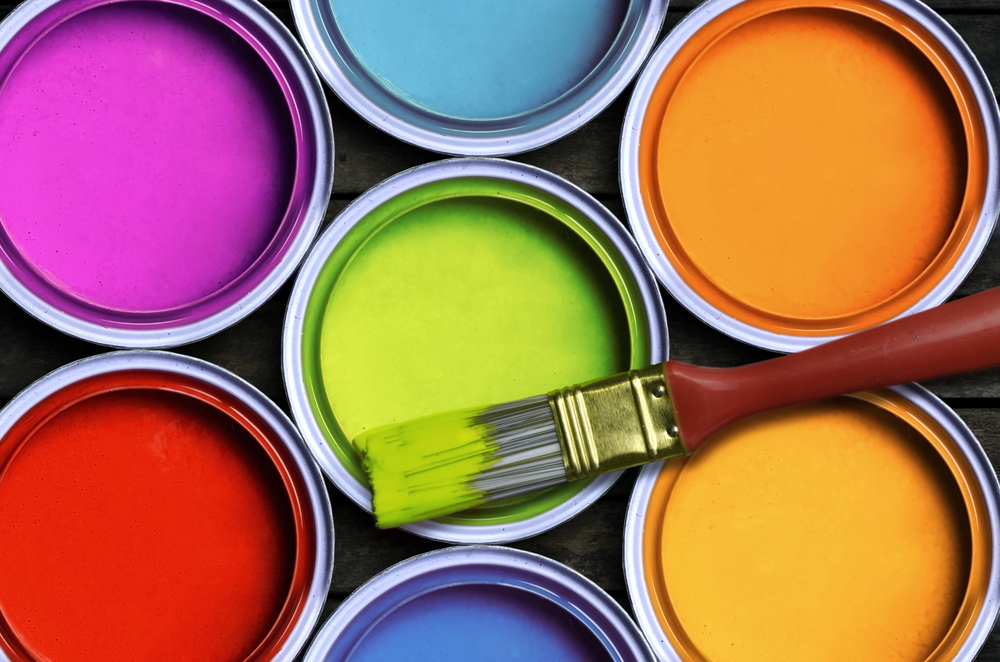Color can influence the human brain in a number of ways
Stagers typically recommend painting homes in neutral colors like beige or gray to appeal to more buyers. But that advice isn’t always true.
Science has proven that up to 90% of homebuying decisions are influenced by color, which can have a greater impact on people’s moods and reactions than previously thought. The human brain processes and organizes color signals in a split second. Color is a universal language, and you can guide clients on how to use color science in their home sale.
For example, you may have heard that exterior paint colors should be limited to two or three choices or that warm neutral colors are best if you want interiors to look more spacious. This is generally true. Highly-specific and stylized exteriors and interiors can be off-putting, particularly if they don’t match your prospective buyers’ tastes.
But touches of the right colors inside and outside a home can help compel buyers to make a quicker purchase decision. (Spoiler alert: White is not always the answer for giving the impression of a larger space.)
The impact of color on our brains is scientifically proven. Choosing colors based on color science to match desired outcomes has the potential to make or break sales in the highly competitive real estate market.
Consider the following science-backed findings.
- Green creates a calming effect and can lower your heart rate. However, when splashed on walls, green can create a sickening look, which is why it shouldn’t be used in medical facilities. Instead, use biophilic design—incorporating greenery from plants—which will support a healthier living environment.
- Red creates excitement, aids metabolism and increases heart rate. That said, too much red can lead to anxiety. That’s why it’s often used selectively for retail signage and product labeling. Think about Target and Coca-Cola. Use red sparingly and as an accent.
- Blue signifies trust and stability. Men tend to like blue more than women. Note: Many financial institutions use it as their principal hue, likely because of the subconscious messages it sends.
- Black connotes luxury among some lifestyle brands. A black front door can signal opulence, and some studies have even suggested it can lead to a higher listing and purchase price. (Get inspiration for how to use black.)
- Soothing lighting in the hallway can put buyers at ease. Keep in mind that the type of lighting will change the effects of colors in the space. Warm tones, daylight bulbs or LED lights will have a massive impact on the coloring as well as the shading of your environment.
Visualize Other Colors
High-tech tools like virtual reality can take this further, enabling agents, brokers and developers to personalize properties to the tastes and imaginations of house hunters. Yet lower-tech versions also can help you visualize the possibilities. (Search online for “paint visualizer mobile apps” to find tools.)
Also, consider securing painting estimates from contractors or leaving paint chips out on display at listings so prospective buyers can visualize how they might personalize the walls to their own tastes.
Leveraging color can help drive sales in other ways. Incorporating a fun color quiz into your sales process, for example, can help your clients understand their reactions to certain colors. This also can help clients see the potential of a property beyond the existing colors or wallpaper.
Real estate professionals also can use color in their logo and marketing materials to build trust and excitement among clients and prospects. A signature color can help differentiate you among a sea of other brokers and agents. Ryan Serhant, a reality TV star and founder of his own brokerage, even went so far as to invest in a car in “Serhant blue.”
But try simple touches like colorful eyeglass frames, jewelry, hats, scarves, shoes or ties in your signature color, which can be less expensive and still memorable.
Color science is being applied to multi-family communities, student and senior housing, commercial spaces, schools, medical facilities and other structures. As researchers learn more about the human brain’s functions, professionals will be able to learn more about how color can impact our actions and reactions, including when it comes to real estate.

 Facebook
Facebook
 X
X
 Pinterest
Pinterest
 Copy Link
Copy Link


